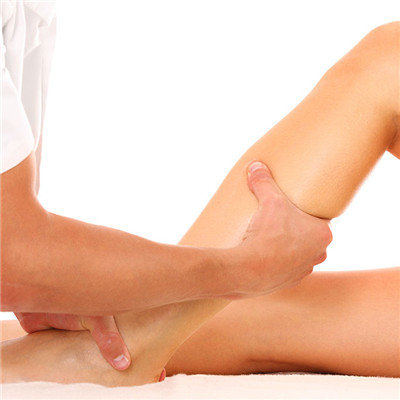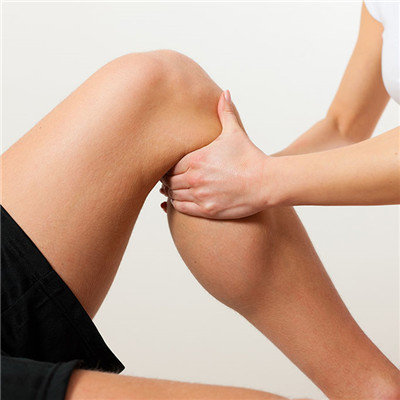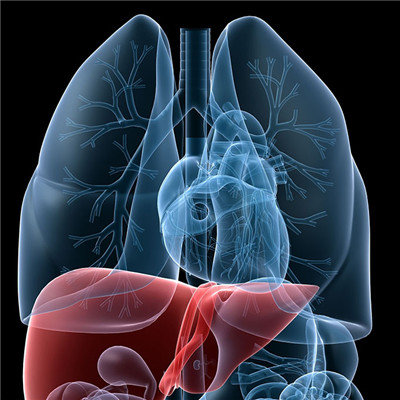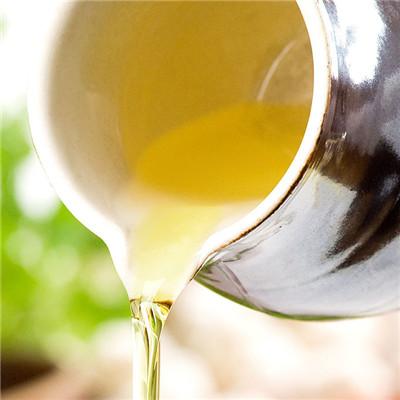Chronic osteomyelitis symptoms?
summary
Chronic osteomyelitis is the continuation of acute suppurative osteomyelitis. Most of the systemic symptoms disappear. Only when the local drainage is not smooth, can there be systemic symptoms. The general symptoms are limited to the local area, which are often stubborn and difficult to treat, and even can not be cured for several years or more than ten years. At present, most of the cases can be cured in a short time through proper planned treatment. Chronic osteomyelitis symptoms? Let's talk about it
Chronic osteomyelitis symptoms?
Clinically, when entering the stage of chronic inflammation, there are local swelling, bone thickening, rough surface and tenderness. If there is a sinus, the wound does not heal for a long time, and occasionally small pieces of dead bone are discharged. Sometimes the wound is temporarily healed, but because of the presence of infection focus and the spread of inflammation, it can cause acute attack. There are chills and fever in the whole body, local redness and swelling. After incision and drainage, or self puncture, or drug control, the systemic symptoms disappear, and the local inflammation gradually subsides. The wound heals, and so on. When the general health is poor, it is also easy to cause seizures.

Because the inflammation attacks repeatedly, there are many sinuses, which have great influence on the limb function and muscle atrophy; If pathological fracture occurs, there may be limb shortening or angular deformity; If the onset is close to the joint, there are joint contracture or stiffness.

X-ray film can show dead bone and a large number of dense new bone formation, sometimes with cavity, such as war wound, there may be shrapnel. The X-ray picture of Browder's abscess showed that there was a round and sparse area in the epiphysis of the long diaphysis, and the bone around the abscess was dense. In general, the bone of Gali osteomyelitis is thick and dense, and there is no obvious dead bone.

matters needing attention
The patients were mainly treated with intravenous drip and intramuscular injection. Preoperative, intraoperative and postoperative medication to 2 weeks after operation, supplemented by supportive therapy, blood transfusion, plasma and human albumin. The patients with advanced stage, delayed wound healing or multiple operations failed should be treated with supportive therapy, antibiotics, symptomatic treatment and other comprehensive treatment, and the course of treatment should be extended according to the patient's condition.












